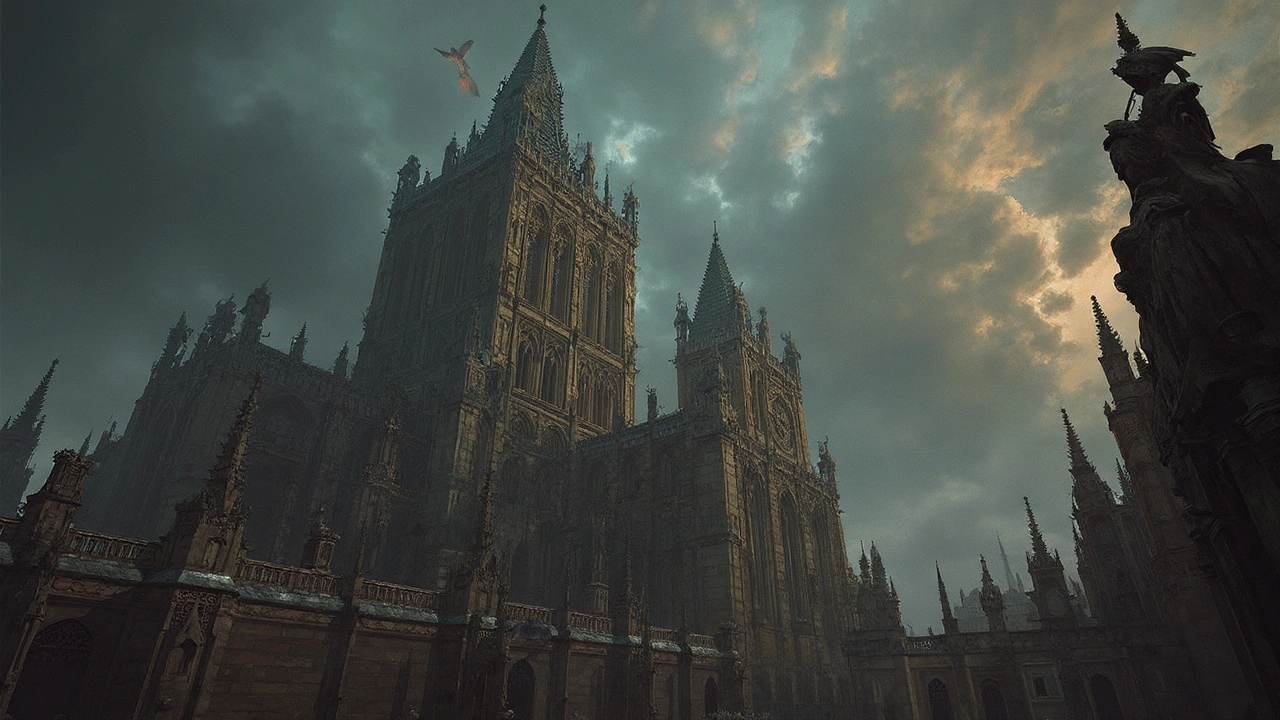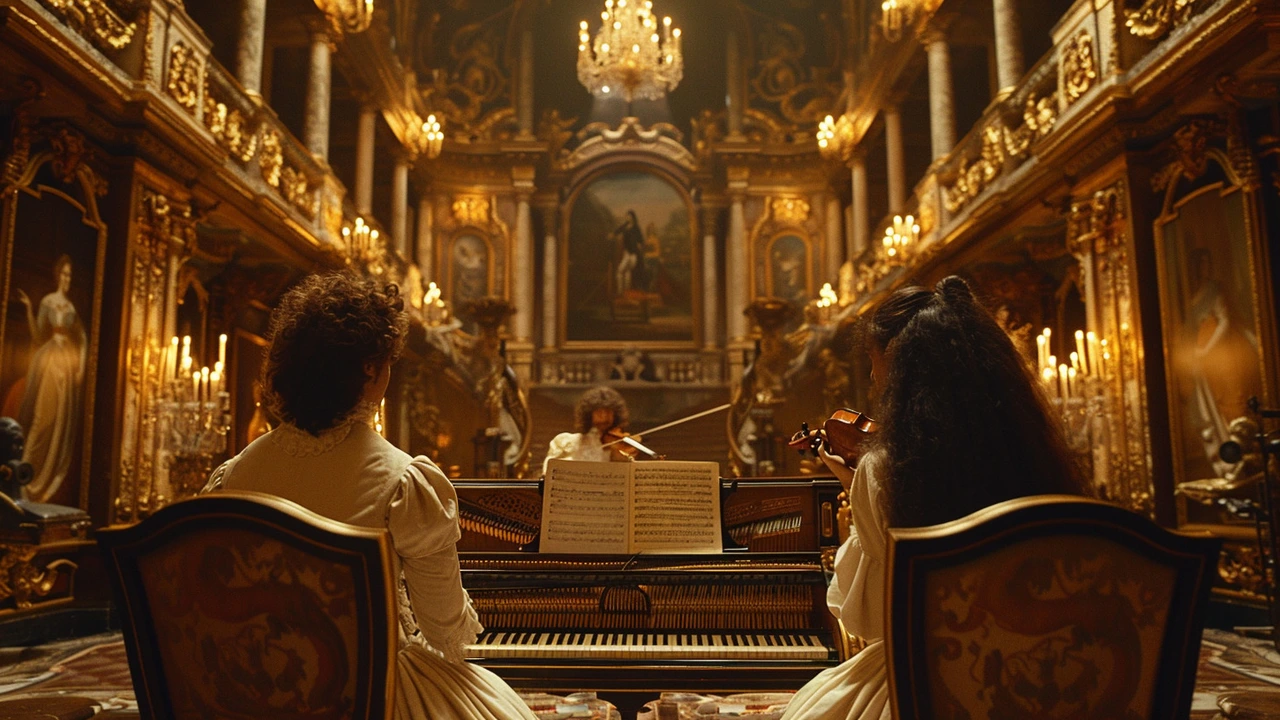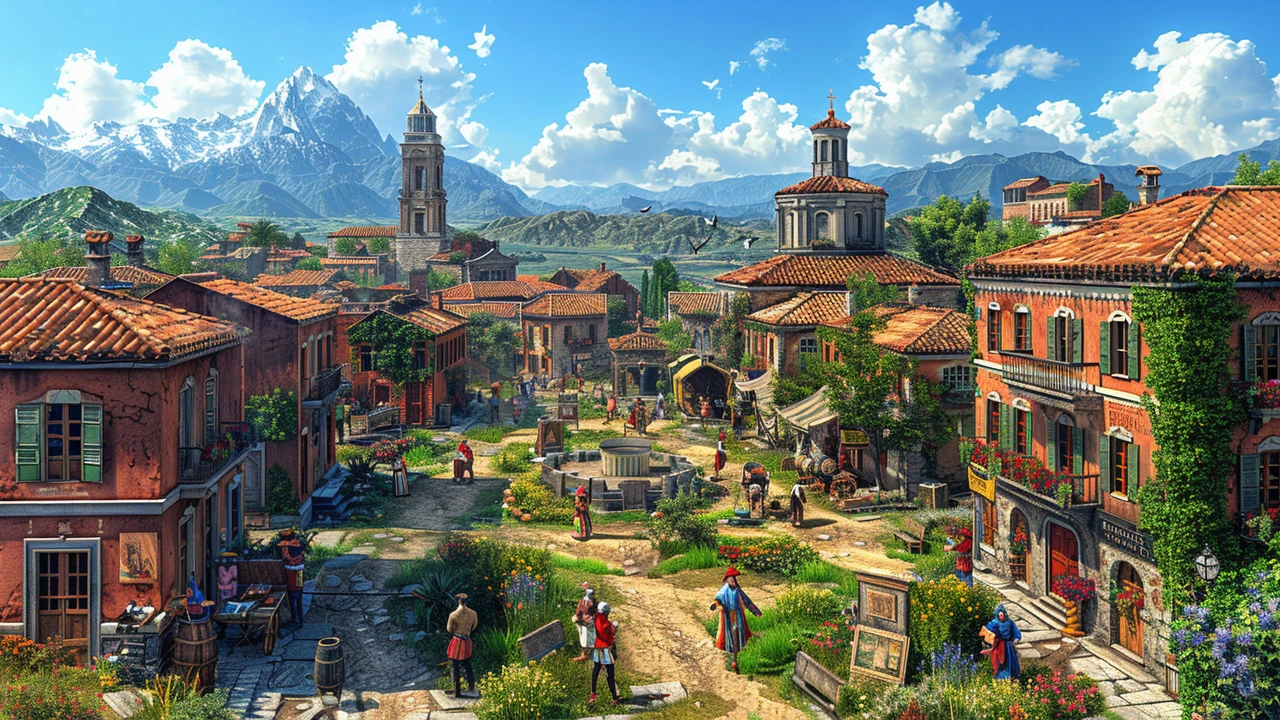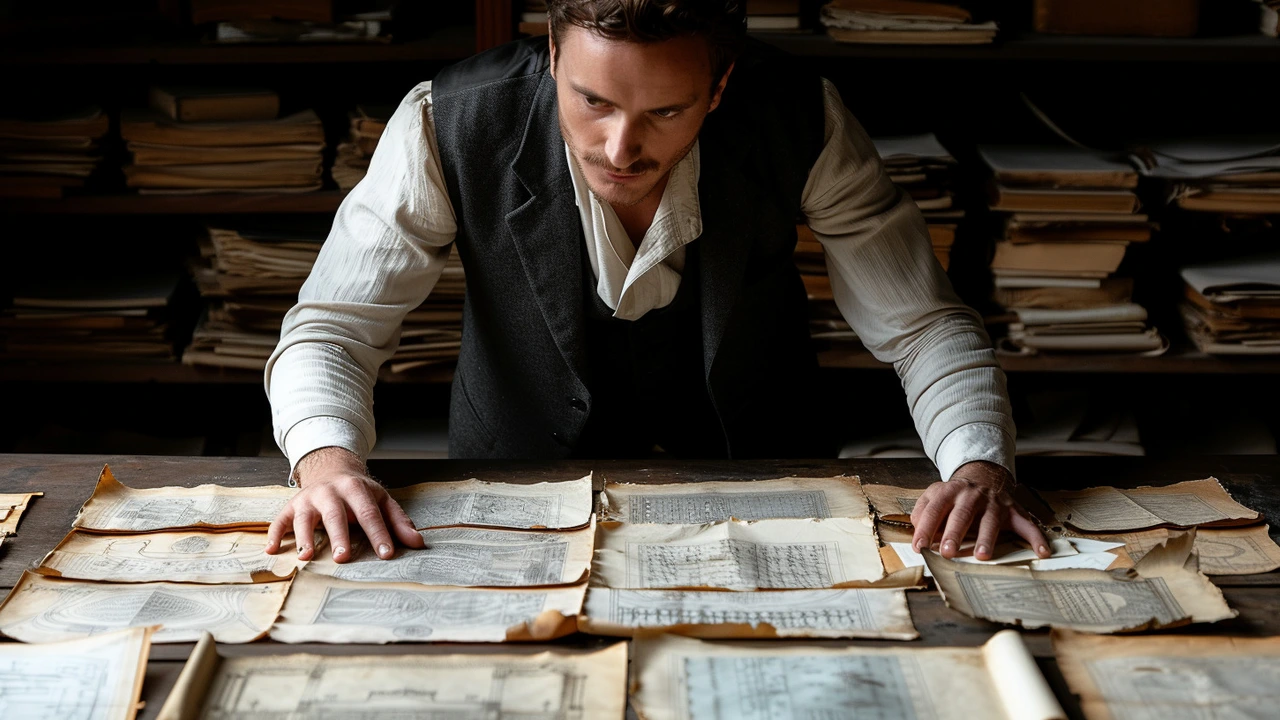Art history: quick guides to the buildings and styles that shaped our world
A single Roman aqueduct could carry enough water for a city — and Roman concrete still puzzles engineers today. That kind of detail is what this tag collects: short, practical articles that explain why a style matters, how to spot its features, and what it means for travel, design, or restoration.
What you'll find here
Want the nuts and bolts of Ancient Roman architecture? Read pieces that break down engineering tricks and real examples like aqueducts and the Colosseum. Curious about religious art and domes? Byzantine posts show how mosaics and form shaped faith and civic life. For lovers of ornament and drama, explore Baroque and Rococo tips that point out the staircases, frescoes, and furniture details you can copy at home.
If you prefer cleaner lines, there are guides on Functionalism, Minimalism, and the shift from modern to postmodern thinking. Historic revivals get clear treatment too: Greek Revival, Georgian, Colonial, Renaissance Revival, and Beaux-Arts articles explain the rules architects borrowed from the past and how those rules show up in neighborhoods and public buildings today.
How to use these stories
Start with a period that grabs you. If you plan to travel, pick the regional posts first — Roman and Byzantine pieces are great for Italy and Turkey, while Dutch Colonial and Georgian guides help with American and British towns. Planning a renovation? Read the Craftsman, Colonial, or Rococo how-tos for practical tips that avoid pastiche and keep modern comfort.
Each post gives concrete ID tips (look for gambrel roofs, rounded arches, flying buttresses, or classical columns), a short history, and practical takeaways: what to preserve, what to copy, and what to avoid. I point out specific buildings and easy ways to spot the style without a degree in history.
Want a quick route through art history? Read in this order: ancient (Roman, Byzantine), medieval (Romanesque, Gothic), Renaissance and Baroque, 19th-century revivals (Greek, Georgian, Beaux-Arts), then modern movements (Art Nouveau, Expressionist, Functionalism, Postmodern, Minimalism). That flow helps you see how ideas build on or react against earlier styles.
Use the tag as a short reference before trips, design projects, or classroom readings. Each article links to vivid examples and travel tips when relevant, so you can spot details on the street or decide which features to keep in a renovation. If you have a favorite style, bookmark its posts and come back when you need clear, practical answers without the academic clutter.

Decoding Symbolism in Gothic Architecture
Gothic architecture is more than just stunning cathedrals; it's a language written in stones. This article uncovers the hidden meanings behind its towering structures, intricate designs, and mysterious figures. From flying buttresses to pointed arches, learn how each element conveys stories of faith, power, and medieval life. Get ready to see these ancient buildings in a whole new light with fascinating insights that you won't find in a typical history book.
Read more
Exploring Rococo: The Golden Age of French Art
Rococo, often considered the golden age of French art, emerged in the early 18th century. This style is known for its ornate details, playful themes, and light-hearted elegance. The movement spread beyond France, influencing various European art forms. This article delves into the origins, characteristics, notable artists, and lasting impact of the Rococo period.
Read more
The Renaissance Era: Unveiling the Dawn of Modern Civilization
The Renaissance marks a pivotal period in human history, known for its profound impact on art, science, and culture, leading to the foundational aspects of the modern era. This era, blossoming in Europe between the 14th and 17th centuries, fostered the revival of classical learning and wisdom. It saw the rise of influential figures such as Leonardo da Vinci and Michelangelo who not only transformed the arts but also encouraged a spirit of humanism. The Renaissance also set the stage for the scientific revolution, altering humanity's view of the world and itself.
Read more
The Art of Extravagance: Baroque Architecture
Hello there, fellow art aficionados! Ever wondered about the origins and elements of the flamboyant and flourishing style that is Baroque architecture? This post will take you on an exciting journey, delving into the Art of Extravagance in the world of Baroque architecture from its inception. We'll explore the distinctive features, renowned architects, and stunning masterpieces this compelling period in art history introduced. Buckle up for an extravagant immersion into the world of Baroque!
Read more